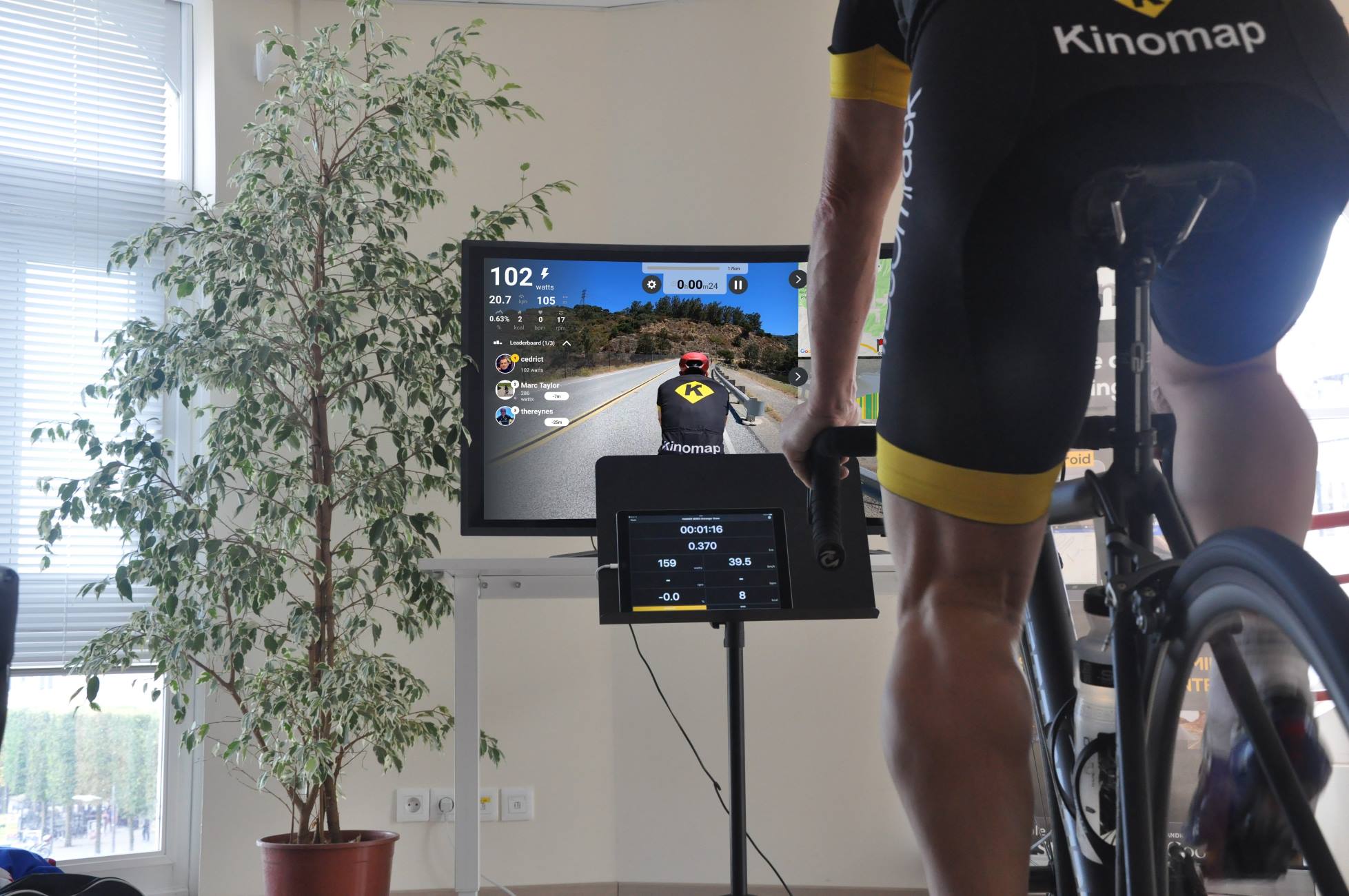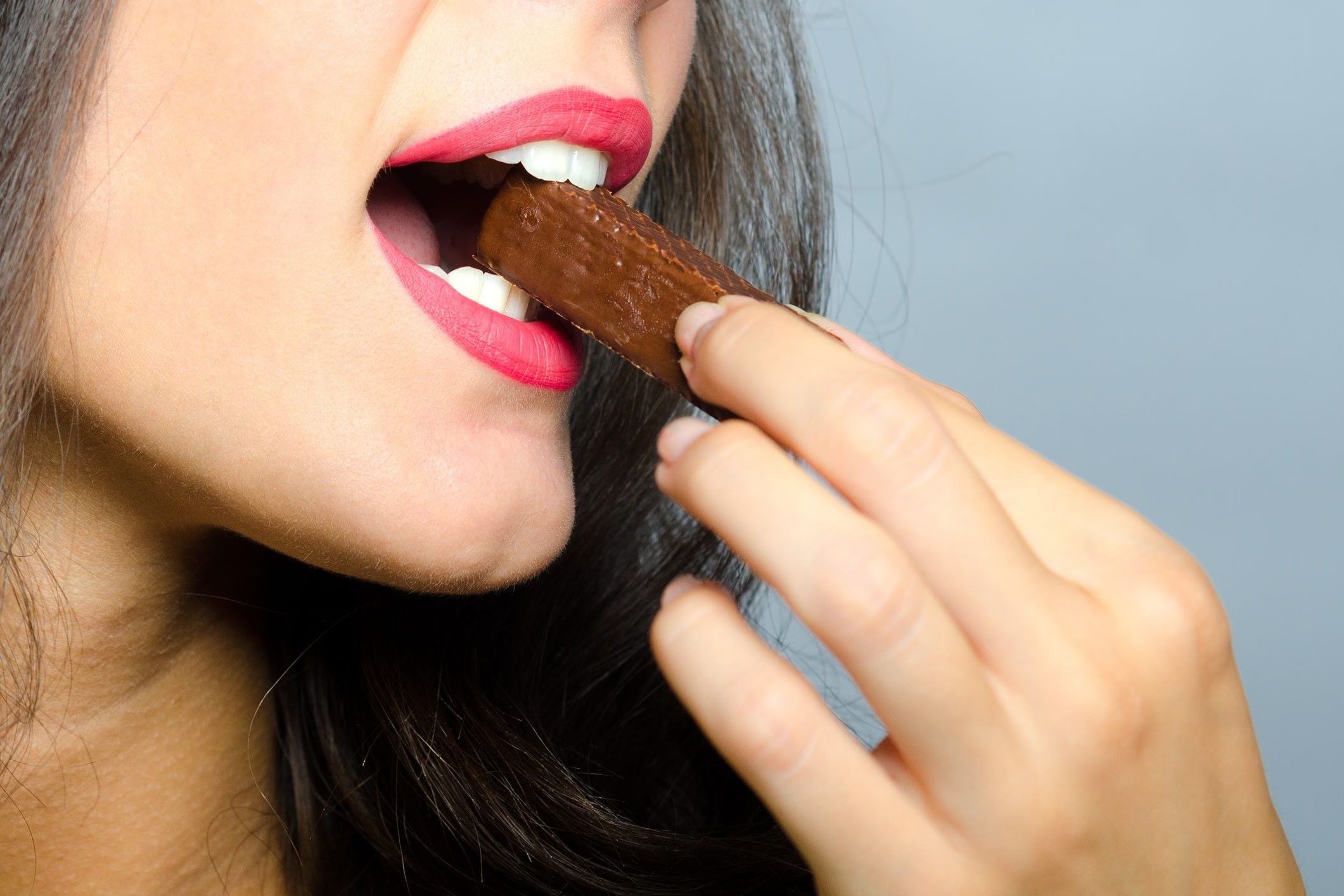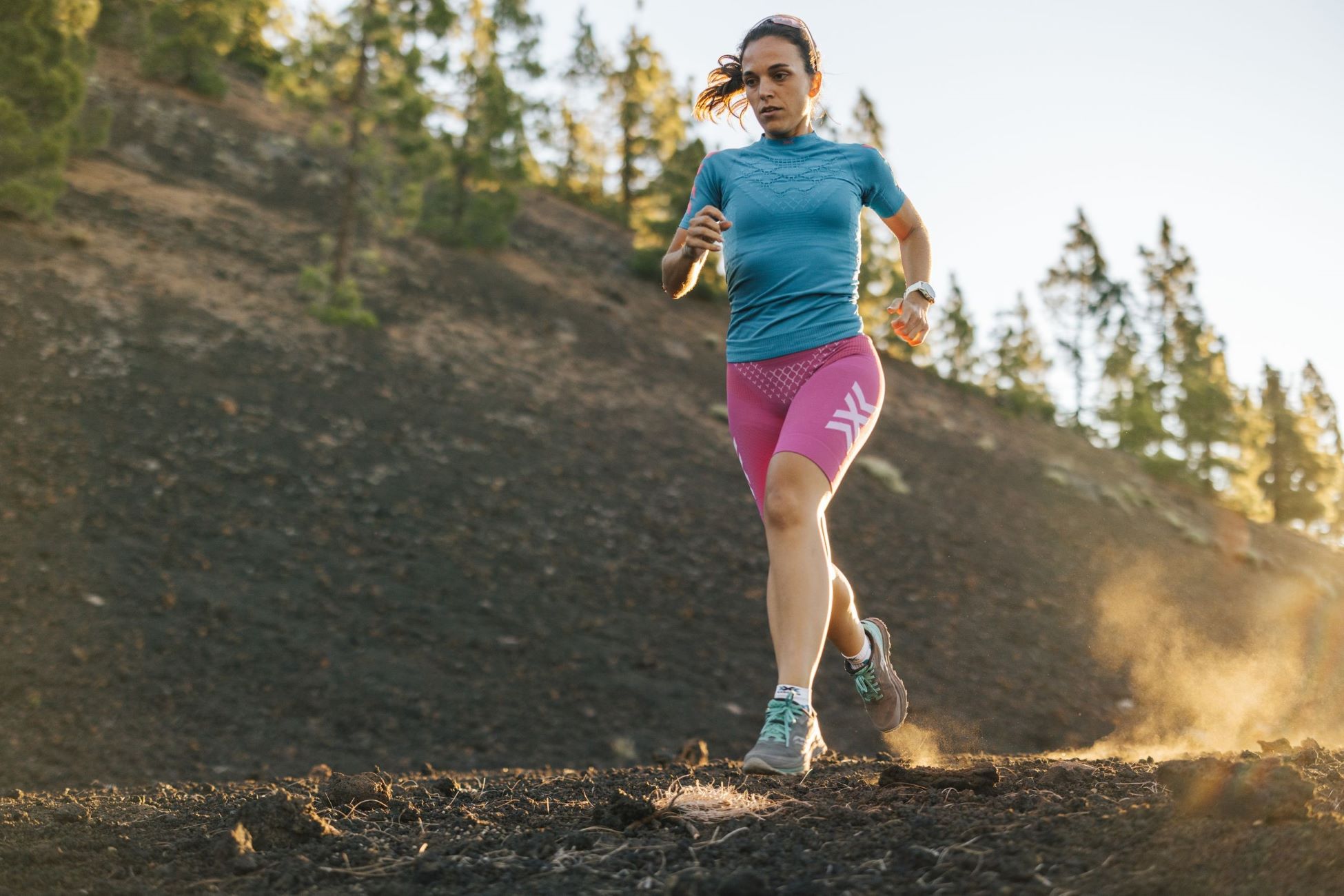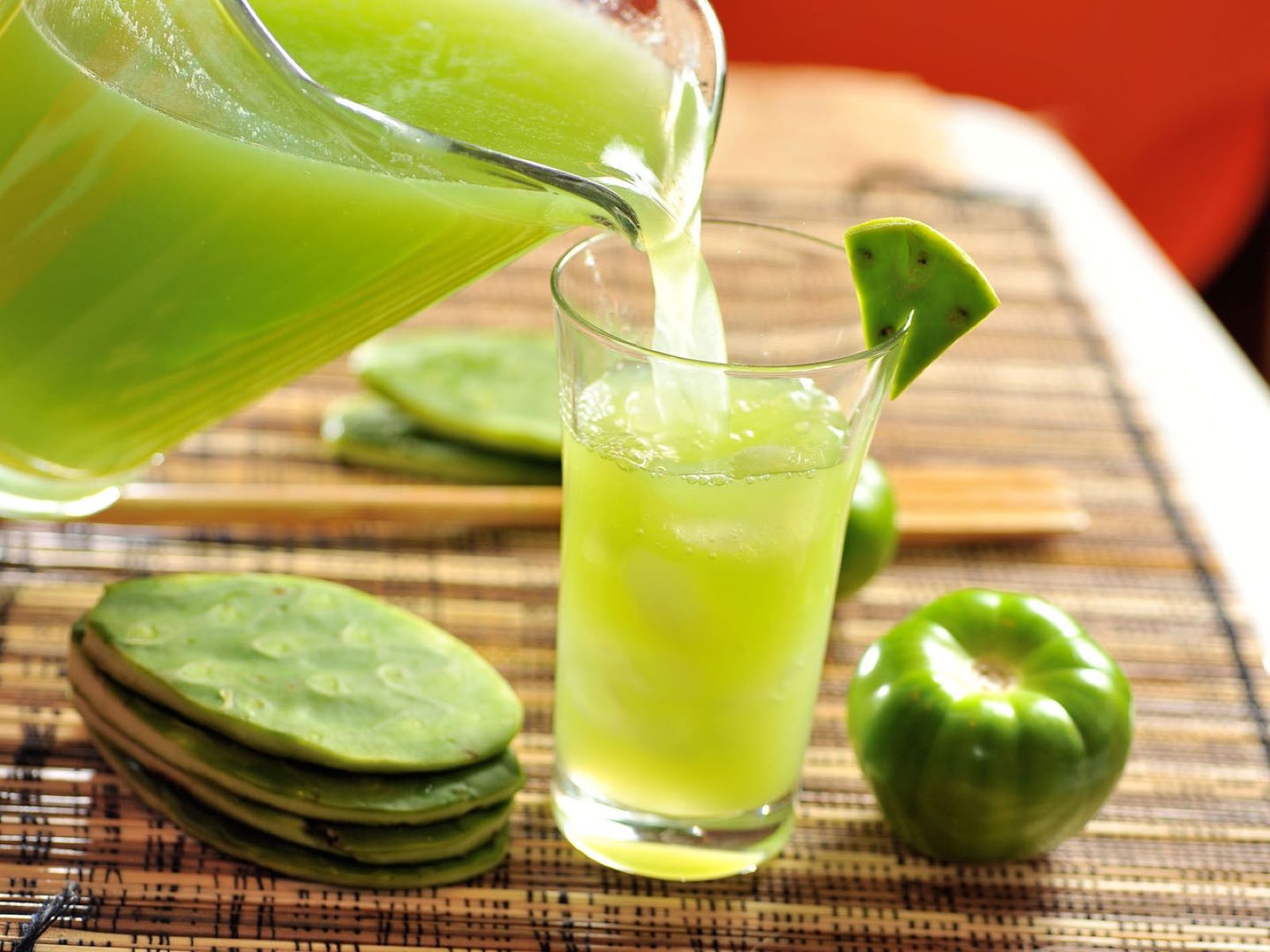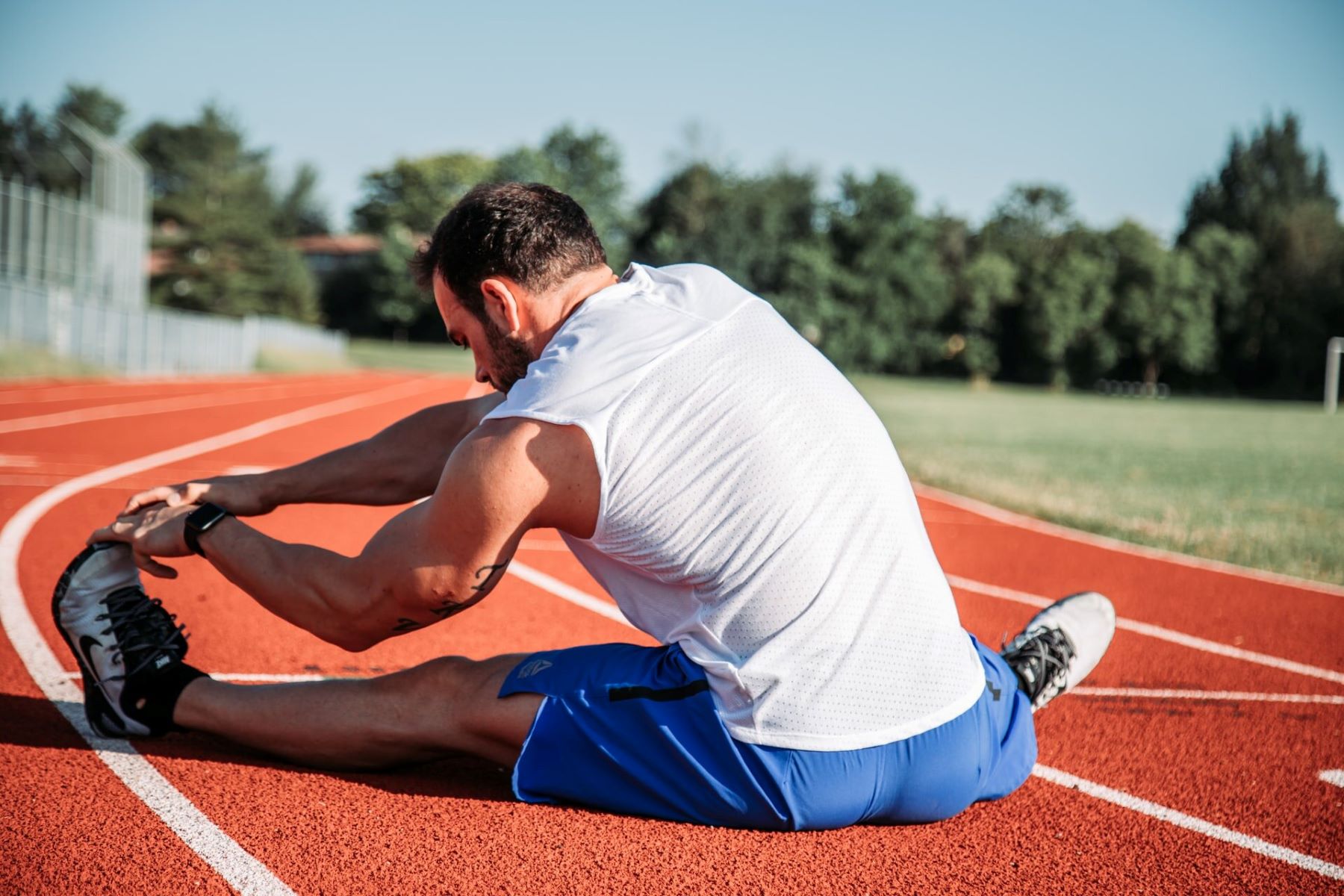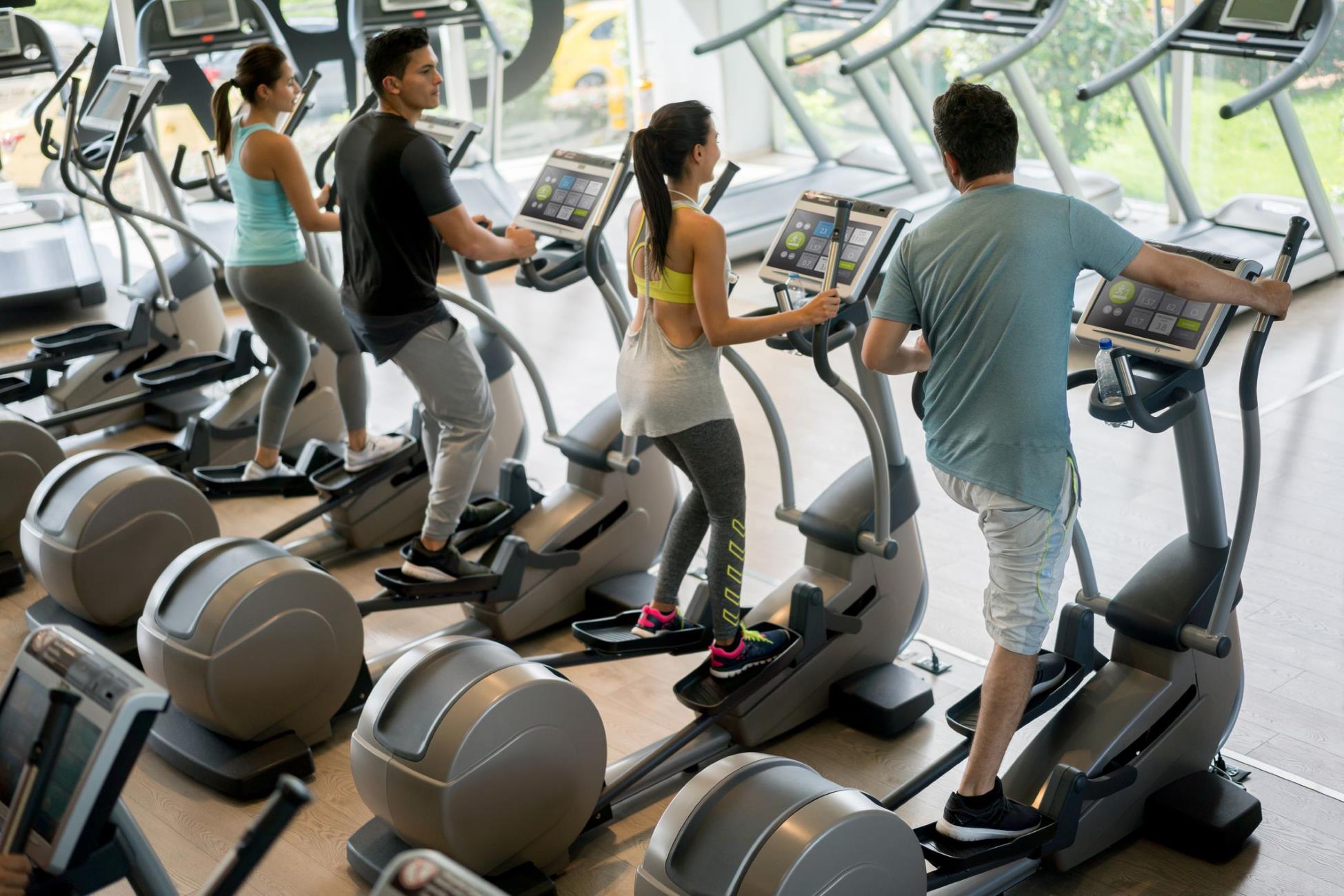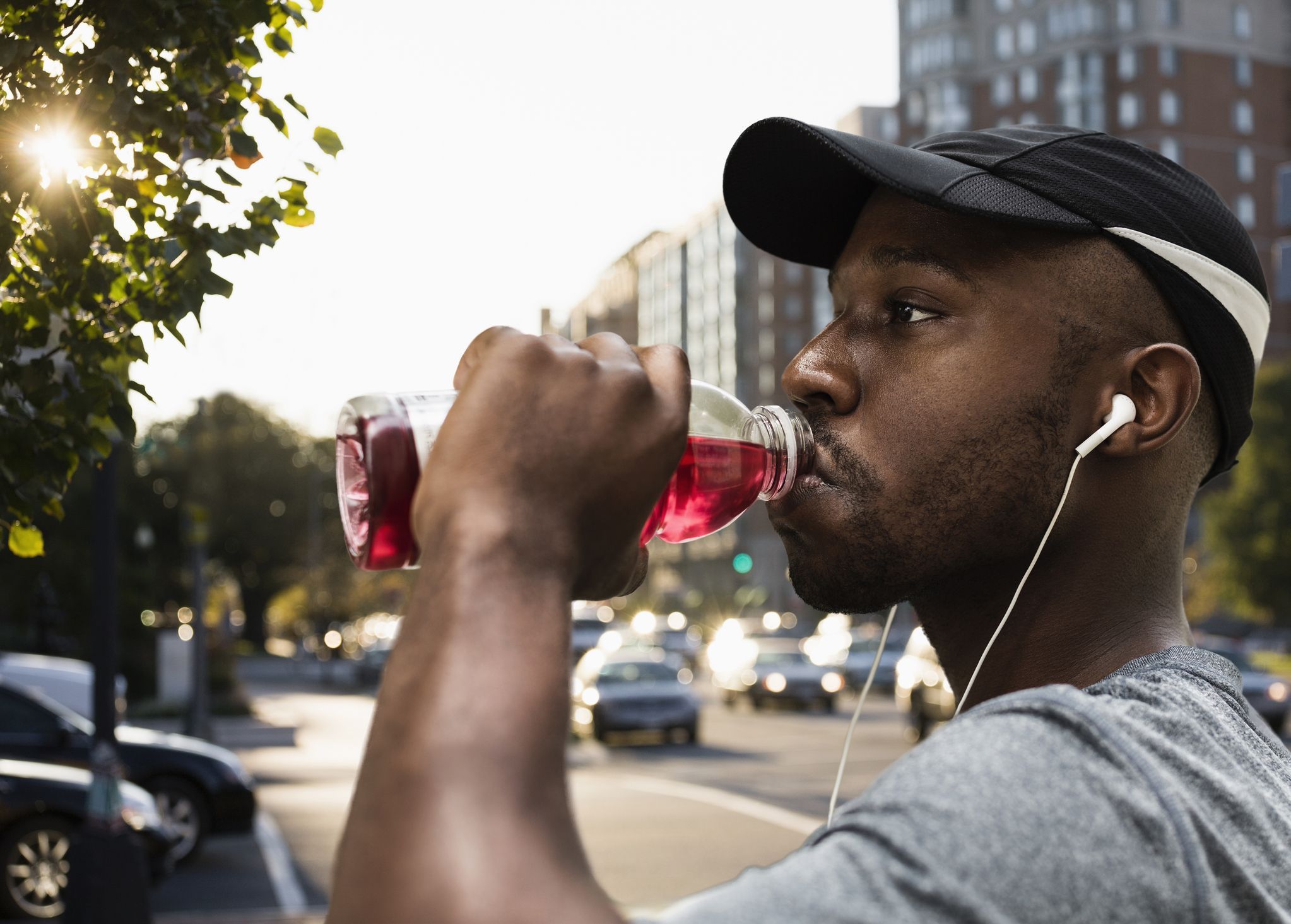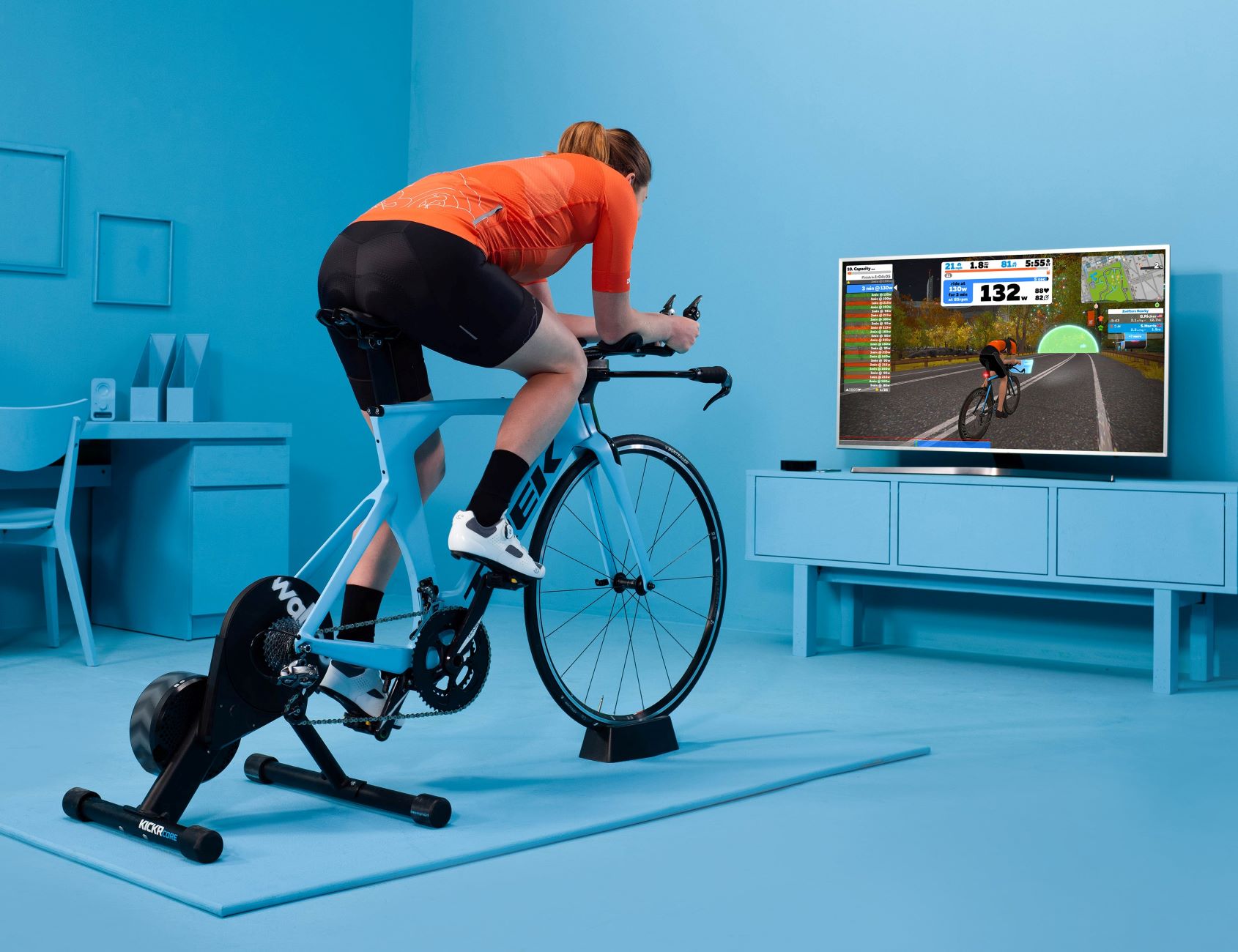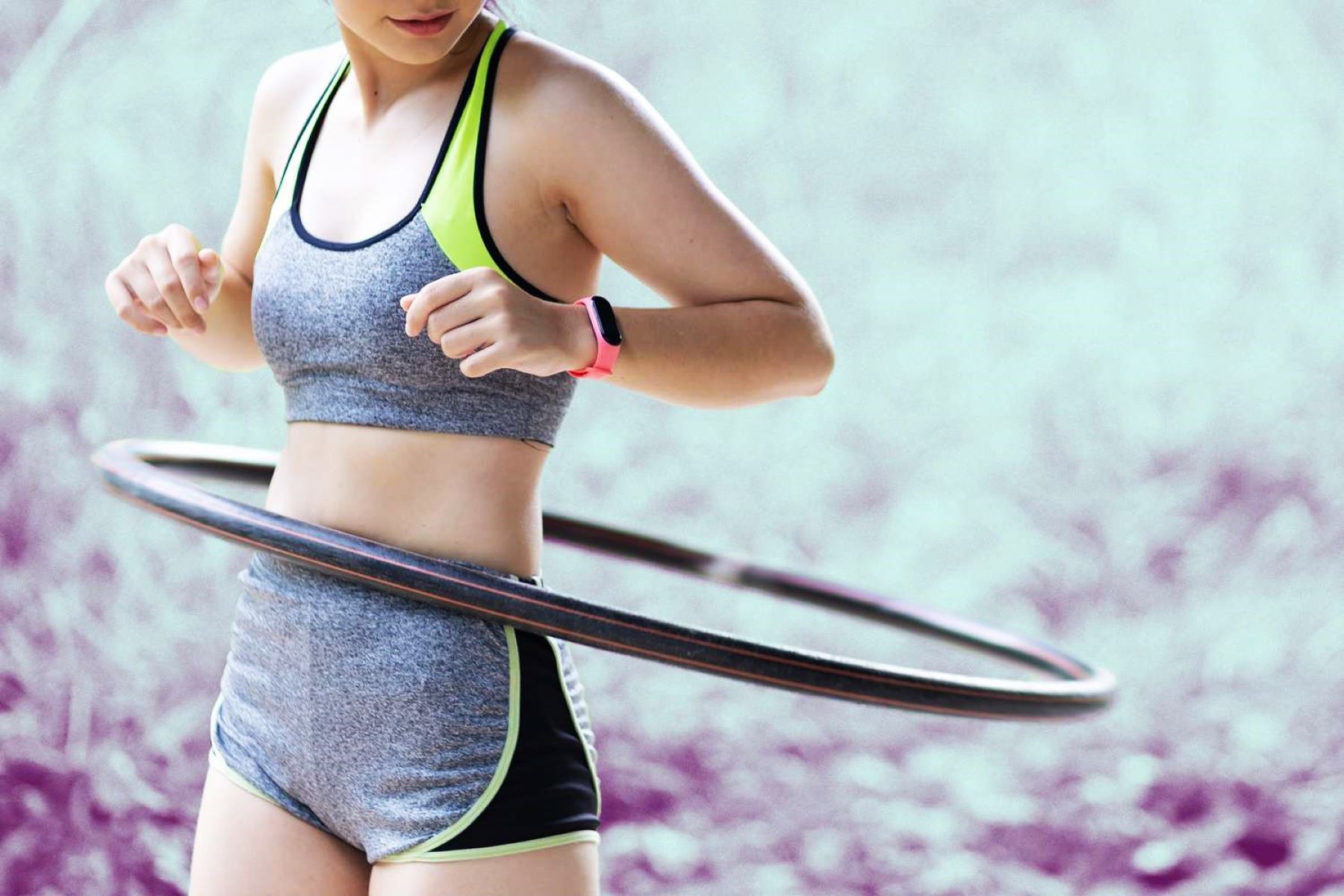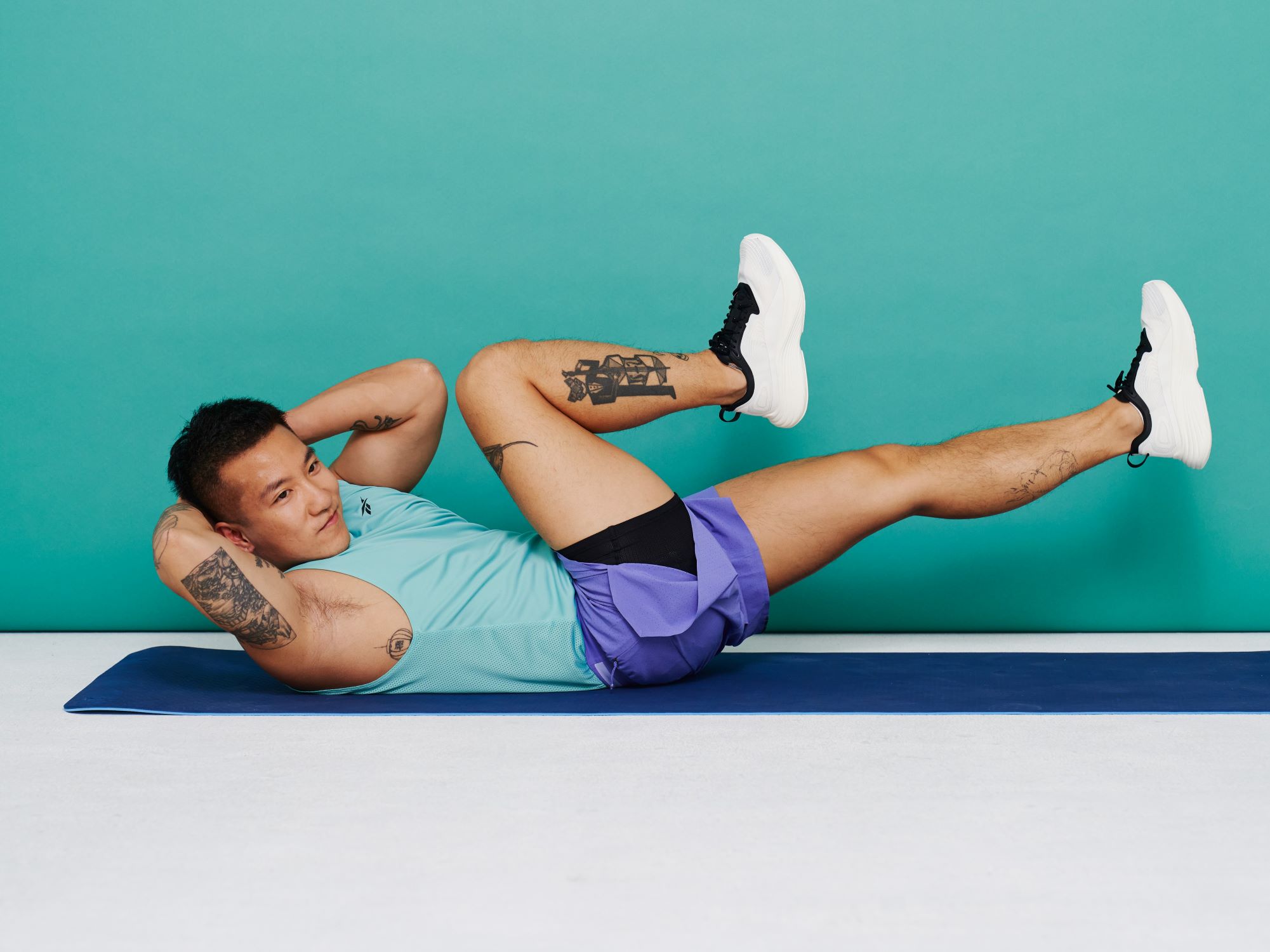Home>Health & Nutrition>Recovery>The Benefits Of Self-Massage For Runners
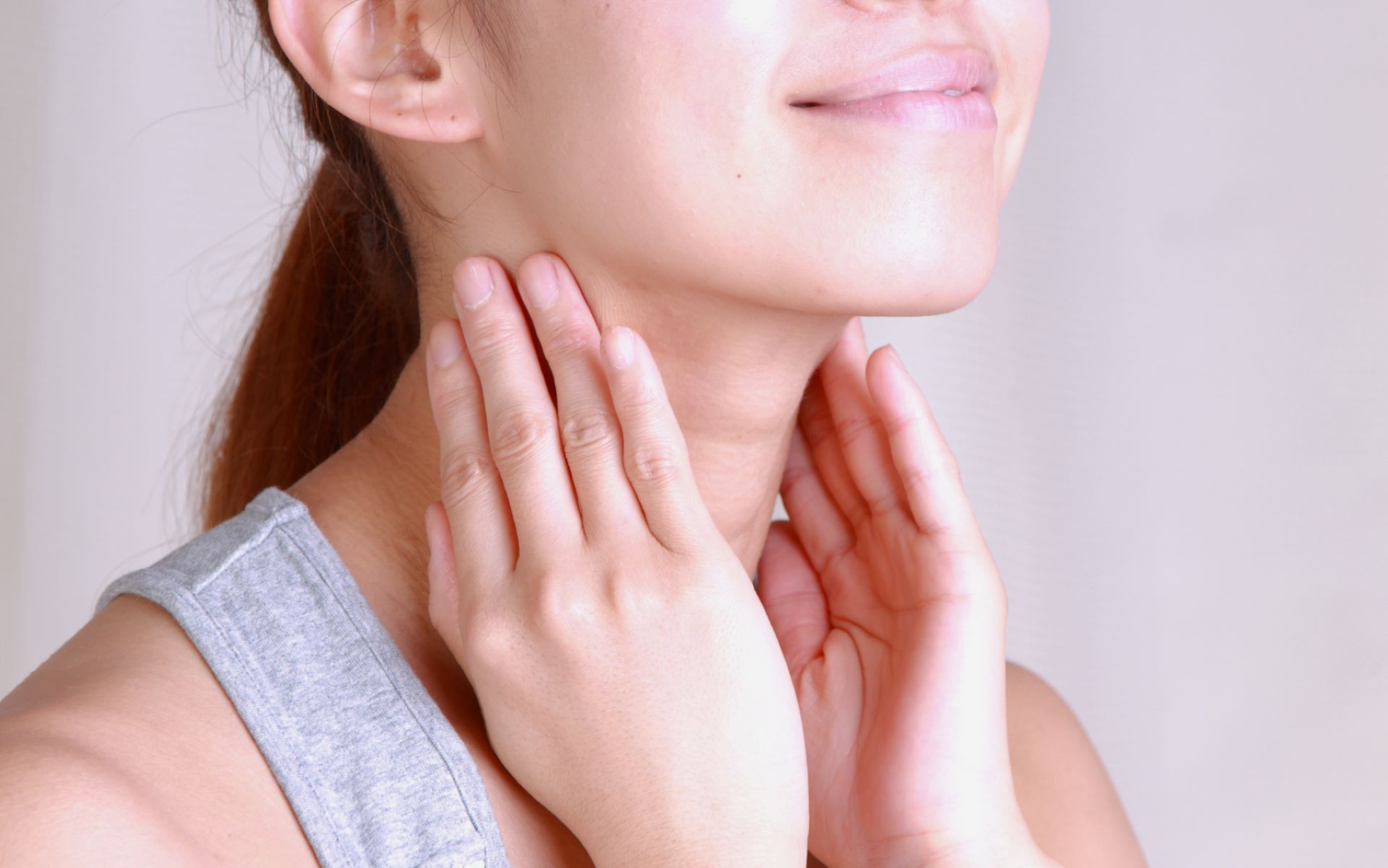

Recovery
The Benefits Of Self-Massage For Runners
Published: February 29, 2024
Discover the benefits of self-massage for runners and how it can aid in recovery. Learn effective techniques to enhance your post-run routine.
(Many of the links in this article redirect to a specific reviewed product. Your purchase of these products through affiliate links helps to generate commission for Therunningadvisor.com, at no extra cost. Learn more)
Table of Contents
Introduction
As a runner, you are no stranger to the exhilarating feeling of pounding the pavement, the rhythmic sound of your breath, and the rush of endorphins that accompany each stride. However, with the joy of running comes the inevitable toll it takes on your body. The repetitive impact and strain on your muscles can lead to tightness, soreness, and even injury. This is where the practice of self-massage comes into play.
Self-massage is a powerful tool that can help runners alleviate muscle tension, enhance recovery, and improve overall performance. By incorporating self-massage techniques into your routine, you can proactively address the physical demands of running, allowing you to maintain peak condition and minimize the risk of injuries.
In this article, we will delve into the world of self-massage for runners, exploring its significance, techniques, target areas, and the myriad benefits it offers. Whether you are a seasoned marathoner or a casual jogger, understanding the value of self-massage and how to integrate it into your running regimen can make a substantial difference in your overall well-being and running experience.
Understanding Self-Massage
Self-massage, also known as self-myofascial release, is a therapeutic technique that involves applying pressure to specific areas of the body to alleviate muscle tension, improve flexibility, and enhance circulation. This practice aims to target trigger points, or "knots," within the muscles, which can develop due to overuse, repetitive motion, or inadequate recovery. By utilizing various tools such as foam rollers, massage balls, or handheld devices, individuals can effectively perform self-massage to address muscular tightness and discomfort.
The concept of self-massage is rooted in the principles of myofascial release, a form of soft tissue therapy that targets the fascia, a connective tissue that surrounds and supports muscles throughout the body. When the fascia becomes tight or restricted, it can impede muscle function, leading to discomfort and reduced range of motion. Self-massage techniques work to release tension within the fascia, promoting better muscle mobility and overall physical well-being.
Self-massage is not only a means of addressing existing muscle tightness but also serves as a proactive measure to prevent injuries and enhance recovery. By incorporating self-massage into a regular fitness routine, individuals can mitigate the effects of muscle strain and promote faster healing following intense physical activity. Moreover, self-massage can contribute to improved muscle performance, allowing runners to maintain optimal flexibility and function during their workouts.
Understanding the principles and techniques of self-massage empowers individuals to take an active role in their muscular health and overall well-being. By learning how to effectively apply self-massage methods, runners can gain greater control over their physical condition, enabling them to address muscle tightness and discomfort as part of their ongoing fitness regimen. This proactive approach to self-care can significantly impact the way runners experience and benefit from their chosen form of exercise, ultimately contributing to a more sustainable and fulfilling running journey.
The Importance of Self-Massage for Runners
Self-massage holds immense significance for runners, serving as a pivotal component in their overall training and recovery regimen. The physical demands of running, characterized by repetitive impact and muscular exertion, can lead to the accumulation of tension and tightness within the body. This buildup of muscular stress not only hampers performance but also increases the risk of injury, hindering the ability to maintain a consistent and fulfilling running routine.
By integrating self-massage into their fitness routine, runners can proactively address the strain placed on their muscles, promoting enhanced recovery and minimizing the likelihood of overuse injuries. Self-massage techniques facilitate the release of muscular tension and trigger points, fostering improved flexibility and range of motion. This, in turn, allows runners to move more efficiently and with reduced discomfort, ultimately optimizing their running experience.
Furthermore, self-massage plays a crucial role in promoting circulation and blood flow to the muscles, aiding in the removal of metabolic waste products and facilitating the delivery of essential nutrients. This enhanced circulation not only accelerates the recovery process but also contributes to the overall health and vitality of the muscular system, enabling runners to maintain peak performance and endurance.
In addition to its physical benefits, self-massage also offers psychological advantages for runners. The practice of self-massage provides a valuable opportunity for runners to engage in self-care and mindfulness, fostering a deeper connection with their bodies and promoting relaxation. This holistic approach to well-being can have a profound impact on mental resilience and overall enjoyment of the running experience, allowing individuals to cultivate a positive and sustainable relationship with their chosen form of exercise.
Ultimately, the importance of self-massage for runners lies in its ability to mitigate the physical toll of running, promote muscular health and recovery, and enhance the overall running experience. By embracing self-massage as an integral aspect of their training routine, runners can proactively address the demands placed on their bodies, empowering themselves to pursue their running goals with greater confidence, comfort, and longevity.
Techniques for Self-Massage
When it comes to self-massage for runners, a diverse array of techniques can be employed to target specific areas of muscular tension and promote overall well-being. These techniques encompass a range of approaches, from utilizing handheld massage tools to leveraging body weight and movement to facilitate myofascial release. By familiarizing themselves with these techniques, runners can effectively address muscle tightness and discomfort, enhancing their physical resilience and performance.
-
Foam Rolling: One of the most widely recognized self-massage techniques, foam rolling involves using a cylindrical foam roller to apply pressure to various muscle groups. By rolling the targeted muscles over the foam roller, individuals can effectively release tension and trigger points, promoting improved flexibility and circulation. Foam rolling can be utilized to address the calves, quadriceps, hamstrings, glutes, and other major muscle groups engaged during running.
-
Massage Balls: These small, dense balls are particularly effective for targeting specific areas of tightness and trigger points. By applying pressure to the targeted muscle areas and performing gentle movements, such as rolling or circular motions, runners can alleviate localized tension and promote enhanced muscle mobility. Massage balls are especially beneficial for addressing areas that may be challenging to reach with a foam roller, such as the arches of the feet and the muscles of the upper back.
-
Self-Massage Sticks: These handheld tools, featuring textured surfaces and varying densities, are designed to facilitate targeted pressure and release within the muscles. By using self-massage sticks to apply pressure along the length of the muscles, runners can effectively address tightness and discomfort, promoting improved circulation and flexibility. Self-massage sticks are particularly useful for targeting the calves, shins, and the muscles of the arms and shoulders.
-
Dynamic Stretching: While not traditionally categorized as a self-massage technique, dynamic stretching can effectively serve as a form of self-myofascial release. By incorporating dynamic stretching exercises into their pre- and post-run routines, runners can engage in movements that promote muscular flexibility and release tension within the muscles. Dynamic stretching exercises, such as leg swings, arm circles, and torso twists, can aid in promoting optimal muscle function and mobility.
-
Self-Massage with Movement: Integrating self-massage techniques with movement can enhance the effectiveness of myofascial release. By combining self-massage tools with dynamic movements, such as lunges, squats, or rotational movements, runners can actively engage the targeted muscles while applying pressure, promoting enhanced circulation and flexibility. This approach can facilitate a more comprehensive release of muscular tension and trigger points, contributing to improved overall muscle health.
By incorporating these diverse techniques into their self-massage practice, runners can effectively address muscular tightness, promote enhanced recovery, and optimize their overall running experience. Each technique offers unique benefits and can be tailored to target specific areas of tension, empowering runners to take an active role in their muscular well-being and performance.
Target Areas for Runners
When it comes to self-massage for runners, identifying and targeting specific areas of muscular tension is crucial for promoting optimal recovery and performance. The repetitive nature of running places distinct demands on various muscle groups, making it essential to address these areas proactively through self-massage techniques. By focusing on the following target areas, runners can effectively alleviate tightness, enhance flexibility, and minimize the risk of overuse injuries.
-
Calves: The calf muscles, comprising the gastrocnemius and soleus, play a pivotal role in propelling the body forward during running. Due to the constant engagement of these muscles, runners often experience tightness and discomfort in the calves. Utilizing foam rolling and massage balls to address the calves can help release tension and promote improved muscle mobility, ultimately enhancing running efficiency and reducing the likelihood of calf strains.
-
Quadriceps: As the primary muscles responsible for extending the knee and propelling the body forward, the quadriceps endure significant stress during running. Targeting the quadriceps with foam rolling and self-massage sticks can aid in alleviating tightness and trigger points, facilitating enhanced flexibility and reducing the risk of quadriceps strains or imbalances.
-
Hamstrings: The hamstrings, located at the back of the thigh, are heavily engaged during the running stride, making them susceptible to tightness and potential injury. Employing foam rolling and massage balls to address the hamstrings can effectively release tension and promote optimal muscle function, contributing to improved running mechanics and reduced strain on the lower body.
-
Glutes: The gluteal muscles, including the gluteus maximus, medius, and minimus, play a crucial role in providing stability and power during running. Targeting the glutes with foam rolling and massage balls can help alleviate tightness and trigger points, promoting enhanced hip mobility and reducing the risk of overuse injuries or imbalances.
-
Iliotibial (IT) Band: The IT band, a fibrous band of tissue running along the outer thigh, can often become tight and inflamed in runners, leading to discomfort and potential issues such as IT band syndrome. Utilizing foam rolling to address the IT band can aid in releasing tension and promoting improved flexibility, contributing to reduced friction and strain on the outer thigh and knee.
-
Feet and Plantar Fascia: The feet and plantar fascia endure significant impact and stress during running, making them susceptible to tightness and discomfort. Using massage balls to target the arches of the feet and the plantar fascia can aid in alleviating tension and promoting improved foot mobility, ultimately reducing the risk of conditions such as plantar fasciitis.
By focusing on these target areas through dedicated self-massage techniques, runners can effectively address muscular tightness, enhance recovery, and optimize their overall running experience. This proactive approach to muscular care empowers runners to maintain peak performance and minimize the risk of overuse injuries, ultimately contributing to a sustainable and fulfilling running journey.
Benefits of Self-Massage for Runners
Self-massage offers a myriad of benefits for runners, encompassing both physical and psychological advantages that can significantly enhance their overall well-being and running experience. By integrating self-massage into their training regimen, runners can unlock a range of positive outcomes that contribute to improved performance, faster recovery, and a more sustainable approach to their chosen form of exercise.
Alleviation of Muscle Tension and Soreness
One of the primary benefits of self-massage for runners is its ability to alleviate muscle tension and soreness, which are common outcomes of the repetitive impact and strain associated with running. By targeting specific areas of tightness and trigger points, self-massage techniques such as foam rolling and massage balls facilitate the release of muscular tension, promoting enhanced flexibility and reducing discomfort. This proactive approach to addressing muscle tightness can significantly improve overall comfort during running and minimize the risk of chronic muscular imbalances.
Enhanced Recovery and Injury Prevention
Self-massage plays a crucial role in promoting enhanced recovery and minimizing the risk of overuse injuries for runners. By facilitating improved circulation and blood flow to the muscles, self-massage techniques aid in the removal of metabolic waste products and the delivery of essential nutrients, accelerating the recovery process following intense physical activity. Additionally, the release of muscular tension through self-massage contributes to improved muscle function and mobility, reducing the likelihood of strains, sprains, and other running-related injuries.
Improved Flexibility and Range of Motion
The practice of self-massage promotes improved flexibility and range of motion, essential components for runners seeking to optimize their performance and prevent muscular discomfort. By addressing tightness within key muscle groups such as the calves, quadriceps, and hamstrings, self-massage techniques enable runners to move more efficiently and with reduced resistance, ultimately enhancing running mechanics and reducing the strain on the musculoskeletal system. This improved flexibility not only contributes to better running form but also minimizes the risk of overexertion and subsequent injuries.
Read more: The Benefits Of Pilates For Runners
Psychological Well-being and Mindfulness
In addition to its physical benefits, self-massage offers psychological advantages for runners, fostering a deeper sense of well-being and mindfulness. The act of engaging in self-care through self-massage provides runners with a valuable opportunity to connect with their bodies, alleviate stress, and promote relaxation. This holistic approach to well-being can have a profound impact on mental resilience, enabling runners to cultivate a positive and sustainable relationship with their running routine, ultimately contributing to a more enjoyable and fulfilling experience.
Overall Performance and Longevity
By embracing self-massage as an integral aspect of their training routine, runners can optimize their overall performance and longevity in the sport. The combination of reduced muscular tension, enhanced recovery, improved flexibility, and psychological well-being culminates in a holistic approach to running that empowers individuals to pursue their goals with greater comfort, confidence, and sustainability. Ultimately, the benefits of self-massage for runners extend beyond immediate physical outcomes, shaping a more resilient and fulfilling running journey.
Incorporating self-massage into their running routine empowers individuals to proactively address the physical demands of running, promoting enhanced recovery, minimizing the risk of injuries, and fostering a more sustainable and enjoyable running experience.
Incorporating Self-Massage into Your Running Routine
Incorporating self-massage into your running routine is a proactive and empowering step towards optimizing your physical well-being and performance. By integrating self-massage techniques into your pre- and post-run rituals, you can effectively address muscular tension, enhance recovery, and promote a more sustainable running experience.
Pre-Run Preparation
Prior to embarking on your run, incorporating self-massage can serve as a valuable preparatory measure to optimize muscle function and reduce the risk of discomfort during your workout. Utilizing foam rolling or targeted massage ball techniques on key muscle groups, such as the calves, quadriceps, and hamstrings, can help alleviate pre-existing tension and promote improved flexibility. This proactive approach to pre-run self-massage not only primes your muscles for optimal performance but also minimizes the likelihood of muscular strain or imbalances during your run.
Post-Run Recovery
Following your run, integrating self-massage into your recovery routine can significantly enhance the healing process and mitigate the effects of muscular fatigue. By dedicating time to perform self-massage techniques on areas of heightened exertion, such as the calves, hamstrings, and glutes, you can facilitate the release of tension and promote improved circulation. This targeted approach to post-run self-massage aids in expediting the removal of metabolic waste products from the muscles, contributing to faster recovery and reduced post-run soreness.
Consistent Integration
Incorporating self-massage into your running routine is most impactful when approached with consistency and mindfulness. By making self-massage an integral part of your overall training regimen, you can proactively address the cumulative effects of running-related muscular stress, promoting sustained muscular health and resilience. Whether performed as a standalone practice or integrated into your dynamic warm-up and cool-down routines, self-massage serves as a fundamental component of your ongoing muscular care and overall well-being.
Personalized Approach
It is essential to personalize your self-massage routine to align with your individual needs and areas of muscular tension. By identifying specific trigger points and tightness within your muscles, you can tailor your self-massage techniques to address these areas effectively. This personalized approach empowers you to take an active role in your muscular well-being, enabling you to optimize the benefits of self-massage based on your unique running experience and physical condition.
Mindful Engagement
Incorporating self-massage into your running routine provides a valuable opportunity for mindful engagement with your body and overall well-being. By approaching self-massage as a form of self-care and introspection, you can cultivate a deeper connection with your physical condition, alleviate stress, and promote relaxation. This holistic approach to self-massage fosters a positive and sustainable relationship with your running routine, contributing to a more enjoyable and fulfilling experience.
By incorporating self-massage into your running routine with intention and consistency, you can proactively address the physical demands of running, promote enhanced recovery, and foster a more sustainable and enjoyable running experience.
Conclusion
In conclusion, the practice of self-massage holds immense value for runners, offering a multifaceted approach to addressing the physical demands of running and promoting overall well-being. By understanding the principles and techniques of self-massage, runners can proactively alleviate muscle tension, enhance recovery, and optimize their performance, ultimately shaping a more sustainable and fulfilling running journey.
Self-massage serves as a proactive measure to mitigate the cumulative effects of muscular stress and strain associated with running. Through techniques such as foam rolling, massage balls, and self-massage sticks, runners can effectively release tension within key muscle groups, promoting improved flexibility and reducing the risk of overuse injuries. This proactive approach to muscular care empowers runners to maintain peak performance and minimize the likelihood of chronic discomfort or imbalances.
Moreover, the benefits of self-massage extend beyond immediate physical outcomes, encompassing psychological advantages that contribute to a more holistic running experience. The act of engaging in self-care through self-massage fosters a deeper connection with the body, alleviates stress, and promotes relaxation. This mindful engagement with self-massage not only enhances recovery but also cultivates a positive and sustainable relationship with the running routine, ultimately shaping a more enjoyable and fulfilling experience.
By incorporating self-massage into their running routine with intention and consistency, runners can optimize their physical well-being, performance, and longevity in the sport. The combination of reduced muscular tension, enhanced recovery, improved flexibility, and psychological well-being culminates in a holistic approach to running that empowers individuals to pursue their goals with greater comfort, confidence, and sustainability.
In essence, self-massage is not merely a physical practice but a transformative tool that enables runners to proactively address the demands of their chosen form of exercise. By embracing self-massage as an integral aspect of their training regimen, runners can unlock a range of benefits that contribute to a more resilient and fulfilling running journey, ultimately shaping a sustainable and enjoyable approach to their passion for running.

